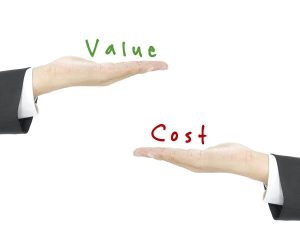
Starting your own business is an exciting endeavor but one filled with so many questions. Selecting a name and a location, picking out office furniture, and figuring out what equipment you’ll need are just the tip of the business iceberg.
Getting started on the right track with all the necessary financial details can have even the savviest of new business owners quickly drowning in paperwork and decisions.
Some issues you need to grapple with as you begin your business venture include:
- Should your company be registered as a partnership, and S-Corp or an LLC? Are you going into business as a sole proprietor?
- How will you track your daily expenses and financial transactions? Then there’s also:
- Who will do this in your new company? With so much happening with a startup, are you better served outsourcing your bookkeeping to an experienced accounting firm?
- Which expenses are mandatory to track in order to develop accurate financial forecasts, budgets, and cash flow reports?
- Should your company’s accounting be on a cash or accrual basis?
- What are your new venture’s tax responsibilities?
There is lots of information for business owners available from the IRS and the Small Business Administration. But for easily accessible info that takes you through all the critical accounting pieces of starting up a company, you can download our free business startup checklist at http://krscpas.com/go/business-startup-checklist/. With years of experience working with business owners in New Jersey and New York, we can help get you on the right track—and stay there!
Once you’ve downloaded the checklist and had a chance to look it over, give us a call to discuss your startup’s needs at 201.655.7411 or email MRollins@KRScpas.com for a no-obligation initial consultation.






 First, consider that your rental property (like many other businesses) may not yield positive cash flow at first. Improvements to the property, tenant issues, and other expenses may end up putting you in the negative column. If you do end up with a rental loss, you are subject to complex IRS rules regarding how much of your rental losses you may deduct from other income you earn during the year.
First, consider that your rental property (like many other businesses) may not yield positive cash flow at first. Improvements to the property, tenant issues, and other expenses may end up putting you in the negative column. If you do end up with a rental loss, you are subject to complex IRS rules regarding how much of your rental losses you may deduct from other income you earn during the year.

 The Internal Revenue Code, the Internal Revenue Service (IRS), and taxpayers have been in conflict over whether expenditures on tangible property are deductible now, or must be capitalized and recovered through depreciation over time. The distinction between deductible repairs and capital improvements has been determined largely through case law and is based upon facts and circumstances.
The Internal Revenue Code, the Internal Revenue Service (IRS), and taxpayers have been in conflict over whether expenditures on tangible property are deductible now, or must be capitalized and recovered through depreciation over time. The distinction between deductible repairs and capital improvements has been determined largely through case law and is based upon facts and circumstances.
